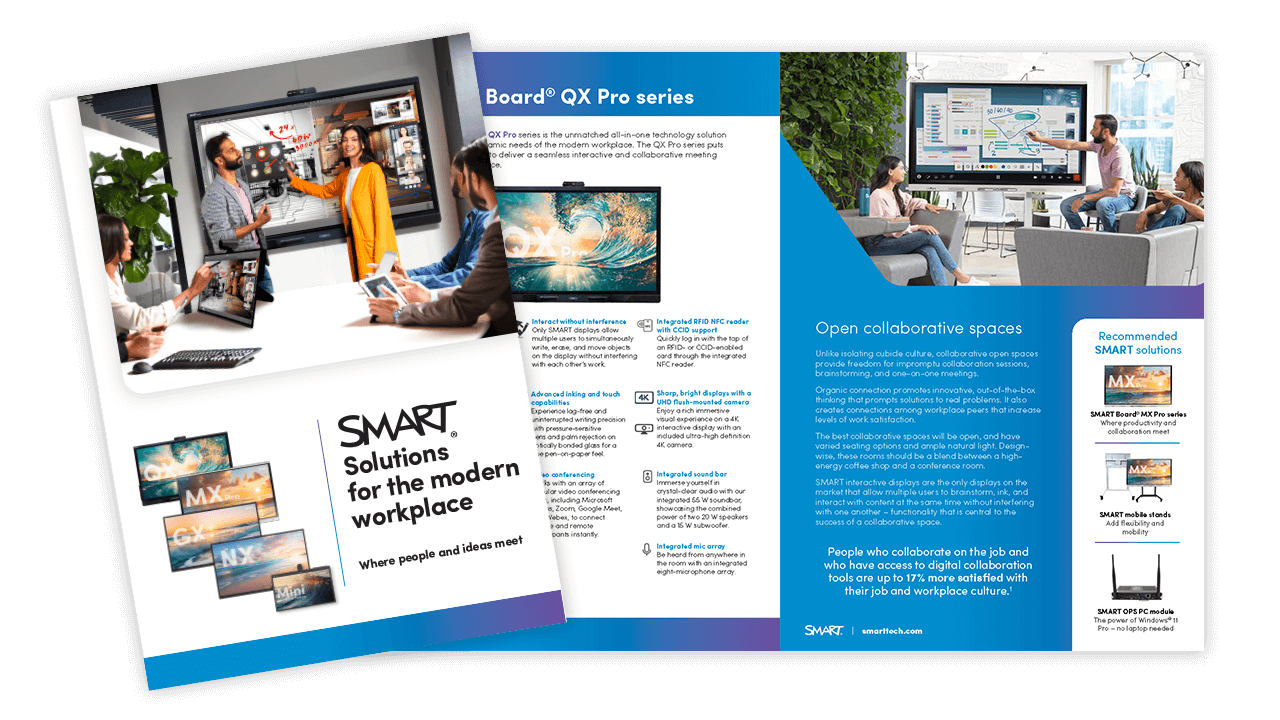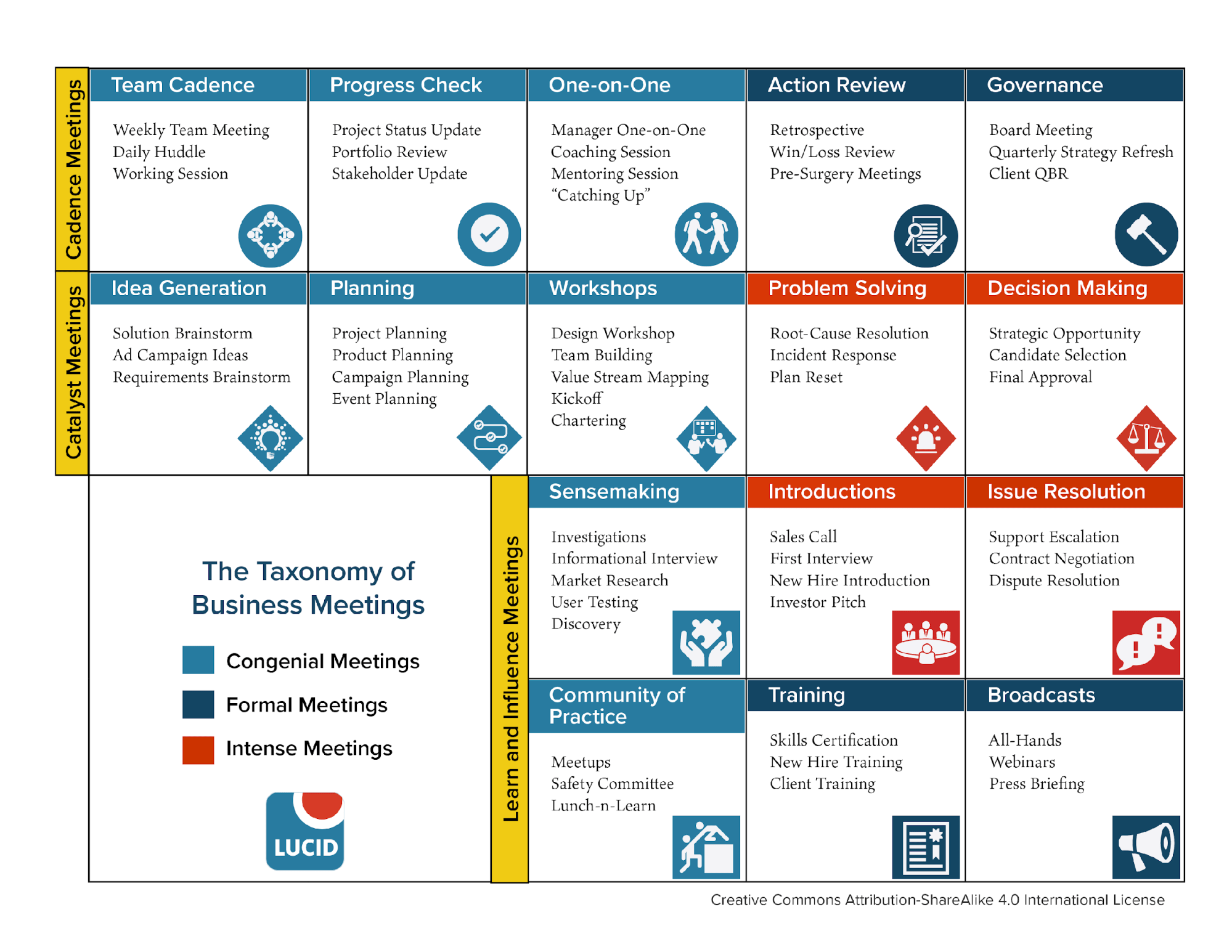Companies and employees across the world learned valuable lessons from the pandemic, and we’re ready to put them into practice.
In a 2021 report on the future of work, research and advisory firm Gartner found that 75% of hybrid or remote knowledge workers have raised their expectations for working flexibly. What’s more, employers risk losing 4 in 10 employees if they insist these employees return to an in-person office environment.
Transitioning to a flexible work environment
As we consider what returning to the office means, some companies are showing leadership on the transition:
Google: Returning to the office is voluntary. The company expects 20% of employees to continue working remotely and 60% to move to a hybrid model.
Amazon: To balance flexibility with the creative potential of in-person collaboration, the multinational giant is asking employees to commit to a baseline 3 days in the office.
Apple: Like Amazon, Apple is asking employees to show up in person 3 days a week.
Facebook: The social media company’s employees will be in the office at least half the time, for now. Facebook predicts that 50% of employees will be working remotely permanently in the next 5 to 10 years.
Microsoft: As the company transitions to a flexible workplace, employees have the option of working from home, provided it’s less than 50% of the time.
One thing is certain: companies everywhere will see a mix of in-person, remote and hybrid meetings. So, how can we make sure these meetings are successful?
3 ways to deliver successful meetings
Experts at Lucid, a meeting innovation and solutions company, say there are 3 key elements to delivering successful meetings.
- Engage. Go beyond “present” and get the group involved.
- Co-create. Work together to create something new, and combine unique ideas and insights to develop a shared perspective.
- Commit. Act on the agreements made in the meeting by assigning every action to an owner.
It sounds great in theory, but who makes sure these 3 elements are present?
What meeting designers do
Many of us have spent thousands of hours in meetings, but that doesn’t mean we’re experts in meeting design and facilitation. Fortunately, there are meeting designers. While all meeting designers have their own approach, there are several things they agree on.
In June 2021, Unito, a company that creates workflow management tools, published a report on what they learned from 100 articles on the topic of meeting design. They uncovered two best practices.
How you plan matters
What’s the purpose of the meeting? What outcome do you want? Who needs to be there? What format should you use? And most importantly, is this meeting necessary? These aren’t always easy questions to answer. Fortunately, there are resources.
The Taxonomy makes it clear that different meeting types involve different levels of interaction. Making these interactions productive will be critical as we plan and deliver meetings in the future.
Human connections matter
Now that we agree this is the path forward, how do we put it into practice?
As we move towards the future, meeting designers and tech leaders have work to do. When we meet face to face, what meeting format will maximize this opportunity? When we meet remotely or with hybrid teams, what strategies will give everyone an equal voice? If we can meet these challenges head on, we’ll be ready for a new era of flexible workplaces.
Learn about how SMART Solutions can increase productivity and collaboration in your meetings:


